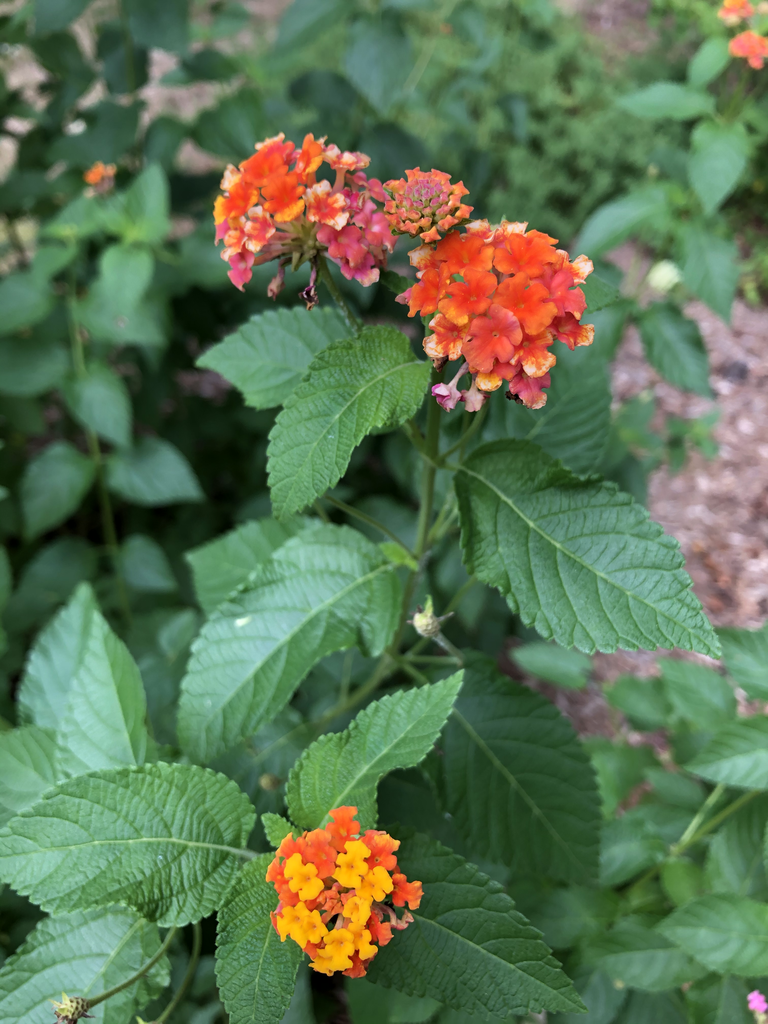August Gardening Tips
go.ncsu.edu/readext?811840
en Español / em Português
El inglés es el idioma de control de esta página. En la medida en que haya algún conflicto entre la traducción al inglés y la traducción, el inglés prevalece.
Al hacer clic en el enlace de traducción se activa un servicio de traducción gratuito para convertir la página al español. Al igual que con cualquier traducción por Internet, la conversión no es sensible al contexto y puede que no traduzca el texto en su significado original. NC State Extension no garantiza la exactitud del texto traducido. Por favor, tenga en cuenta que algunas aplicaciones y/o servicios pueden no funcionar como se espera cuando se traducen.
Português
Inglês é o idioma de controle desta página. Na medida que haja algum conflito entre o texto original em Inglês e a tradução, o Inglês prevalece.
Ao clicar no link de tradução, um serviço gratuito de tradução será ativado para converter a página para o Português. Como em qualquer tradução pela internet, a conversão não é sensivel ao contexto e pode não ocorrer a tradução para o significado orginal. O serviço de Extensão da Carolina do Norte (NC State Extension) não garante a exatidão do texto traduzido. Por favor, observe que algumas funções ou serviços podem não funcionar como esperado após a tradução.
English
English is the controlling language of this page. To the extent there is any conflict between the English text and the translation, English controls.
Clicking on the translation link activates a free translation service to convert the page to Spanish. As with any Internet translation, the conversion is not context-sensitive and may not translate the text to its original meaning. NC State Extension does not guarantee the accuracy of the translated text. Please note that some applications and/or services may not function as expected when translated.
Collapse ▲The hot summer days of August may make it challenging to find comfortable weather to work in the garden. Take advantage of when we have more pleasant days for working outdoors to complete these gardening tips for this month.
Lawn
- Late summer is the most effective time to control fire ants with baits.
- August is the last month to fertilize bermudagrass, St. Augustinegrass, and zoysiagrass. It is recommended to apply 1 pound of Nitrogen per 1,000 square feet. Do not fertilize centipedegrass.
- Treat lawns for grubs only if you find more than 5 grubs per square foot.
Trees, Shrubs, and Flowers
- Fall webworms form large masses of webbing on branch ends but usually do not cause much damage. If unsightly, rip webs open with a long pole or disrupt with a strong stream of water.
- Do not prune or fertilize landscape shrubs for the remainder of the year to allow them to prepare for dormancy. Properly acclimated plants have a greater degree of winter hardiness.
- Pull up tired annuals and dead head those that are healthy.
- Get a second bloom from faded annuals by cutting them back by one third their height, then feed them with a liquid fertilizer.
- If your houseplants saw a lot of new growth through the summer, they may need to be repotted into a larger container. This will give the plants time to acclimate to their new space before cooler weather arrives.
- Continue to apply mulch as needed to help conserve soil moisture and weed suppression.
Fruit, Vegetables, and Herbs
- Be on the outlook for the pecan weevil. The pecan weevil usually emerges from the soil in early August after significant rainfall. Treatments should begin on the first of August after rainfall. Drench the trunk and lower limbs with insecticide (Sevin).
- Order seeds for your fall vegetable garden.
- To grow your own transplants, start seed of broccoli, kale, collard, cabbage, Chinese cabbage, and cauliflower in containers of potting soil this month.
- Sow parsley seeds directly in the garden or in containers. Soak the seed in warm water for 6 to 8 hours before sowing.
- In late August, sow lettuce, spinach, arugula, and other salad greens in the garden or grow in containers.
- Direct seed carrots, beets, rutabaga, and kohlrabi.
- Spray peach tree trunks with permethrin to prevent peach tree borers from killing trees.
Jessica Strickland is an Agriculture Extension Agent, specializing in horticulture for North Carolina Cooperative Extension in Wayne County.
Learn More!
- Sign up for the Wayne County Extension Gardening email list to receive timely gardening tips.
- Follow us on Facebook and Instagram.
- Visit the North Carolina Extension Gardener Plant Toolbox to discover more plant ideas for your garden.





